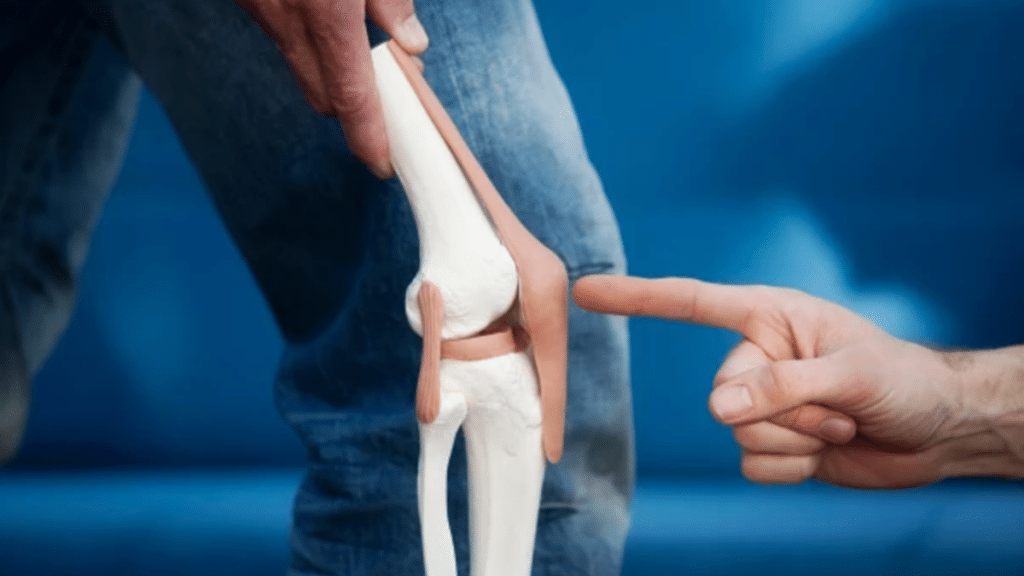Stem cell therapy studies and clinical research on knee cartilage present a bright future. Many studies have shown different degrees of success in reducing symptoms and enhancing joint performance.
Various Stem Cell Uses in Medical Treatments
Medical treatments take advantage of several kinds of stem cells, each with special qualities and possible uses:
The type of stem cell being harvested for treatment determines the method used in that regard. Usually taken from the patient’s own bone marrow or adipose tissue by minimally invasive techniques, adult stem cells are then reintroduced into the patient’s body, these cells are then cleaned and occasionally enlarged in a lab. Conversely, embryonic stem cells are taken from early-stage embryos acquired with donor permission following in vitro fertilization processes. Using particular transcription factors, reprogramming adult cells—such as skin or blood cells—into a pluripotent state generates iPSCs, therefore eliminating the requirement for embryos. While reducing ethical issues and hazards, all harvesting techniques give top priority to guaranteeing the maximal viability and therapeutic potential of the cartilage knee repair with stem cells.
Advantages and efficiency of stem cells for knee cartilage replacement
Furthermore, this therapy can result in better joint flexibility and mobility, thereby enabling patients to resume regular activities with ease and aid in recovering normal function. Moreover, long-term cartilage regeneration presents promise that natural healing and repair systems may more successfully restore injured tissues than conventional techniques.
Success Rates: What Research Says?
Stem cell therapy studies and clinical research on knee cartilage present a bright future. Many studies have shown different degrees of success in reducing symptoms and enhancing joint performance. Patient testimonies and success stories usually show how much less pain and more mobility stem cell treatment produces. It is crucial to keep in mind, though, the limits and fluctuations in findings since not every patient responds exactly to treatment.
When choosing a course of treatment, one must compare stem cell therapy with conventional knee replacement surgery. Cost comparison is one important consideration; stem cell treatment is sometimes less expensive and less intrusive than the expensive surgical path. Usually including fewer hazards and a quicker recovery time, stem cell treatment lets patients return to routine activities sooner. Regarding the lifetime of results of stem cells for knee cartilage replacement, new studies indicate that although stem cell treatment can present a longer-lasting solution with the possibility for continuous tissue regeneration, conventional surgery may provide more instantaneous structural support. Still, the decision among these choices should be based on a careful assessment of needs and goals unique to the patient.
Stem Cell Therapy eligibility criteria for knees
Although younger patients or those in their middle years may see more noticeable benefits because of their body’s better regenerative capacity, generally stem cell treatment can help people of many age groups. Older persons should not be disheartened about stem cells for knee cartilage replacement, either, since gains in joint function and pain alleviation can still be notable.
Treatment success is significantly influenced by the stage of knee damage. Patients with mild to moderate knee injury injuries have the best results since their tissues can better react and recover. Severe cases could call for a mix of treatments or could not respond as sensitively to stem cell treatment alone.
Patients’ suitability for stem cell treatment may be affected by conditions including autoimmune diseases or other chronic medical problems. Determining candidacy thus depends on a thorough evaluation of general health and particular circumstances.
Why Stem Cell Therapy Might Not be Appropriate for Certain Patients

For those with advanced age-related deterioration, where joint replacement would provide a more final answer, stem cell therapy might not be the best. Patients on specific drugs that impact cell growth or those with severe allergies of stem cells for knee cartilage replacement or reactions to anesthesia may also have to look at other therapies. Customizing the most suitable treatment plan for your situation depends on speaking with a medical practitioner.
Getting Ready for Stem Cell Therapy: Information Patients Should Know
Patients should follow particular pre-procedural protocols and lifestyle changes to guarantee the best potential outcome before having stem cells to replace knee cartilage, degeneration. As instructed by your healthcare professional, keep a good diet, do mild exercise catered to your condition, and avoid some drugs that might interfere with blood coagulation.
Questions to Ask Your Doctor
You should have a careful conversation with your doctor before getting ready for the surgery. Important questions could be the expected results, possible hazards, and other therapeutic approaches. Knowing the extent and restrictions of stem cell treatment will enable one to control expectations.
Financial Thoughts and Insurance Coverage
Examining financial issues, including treatment costs and whether your insurance covers stem cells for knee cartilage replacement, is vital. Since insurance policies differ greatly, asking your provider about coverage details will enable you to prevent unanticipated costs.
Alternative Pain Management Strategies
There are several ways patients could control their discomfort. Usually utilized to guarantee comfort during the operation are light sedatives or local anesthetics. Talk to your doctor about choices for pain management to select the best one for you.
Procedure Time and Expectations
Usually, the operation takes one to two hours in total. Patients should arrange for enough rest following treatment and have someone drive them home. Make sure you follow any particular postprocedural care guidelines your healthcare provider offers.
Aftercare and Recovery: Advice on Perfect Healing
Including mild exercises and physical therapy after surgery helps in rehabilitation after stem cells for knee cartilage replacement. Without taxing the joint, a physiotherapist can design a customized exercise program that helps restore knee function and reduce pain.
Recovery schedules differ. Usually, after a few days, patients can resume modest activity, although the complete healing process may take weeks to months. Individual healing rates and following recovery guidelines will determine long-term outcomes.
Following advised rules is crucial for the best recovery: rest enough, avoid high-impact activities first, follow your rehabilitation program, and show up for follow-up visits. Steer clear of smoking and too much drinking since these can slow down healing. Frequent doctor visits will help to guarantee that healing is under control of stem cells to replace knee cartilage.
